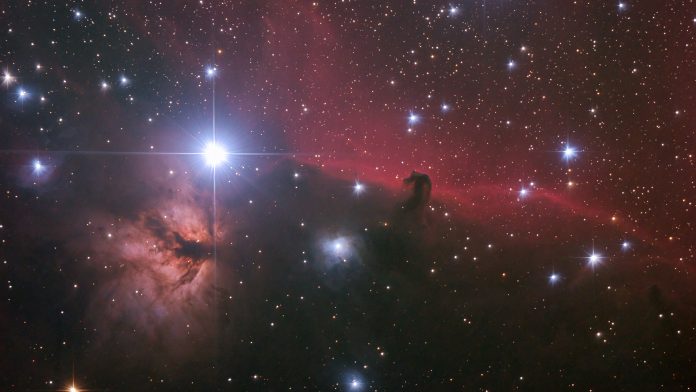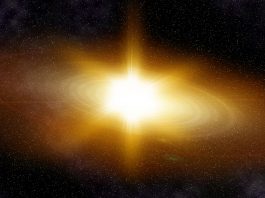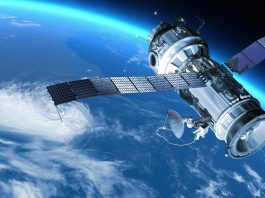A research team has established a new International Astronomical Union Centre to protect the dark sky from satellite constellation interference.
What issues are caused by satellite constellation interference?
Stargazing in urban areas typically means interference from streetlights, or lights from nearby towns. However, from a scientific perspective, the concern amounts from the cosmic disruption for researchers and others in the space industry.
“With the advent of more affordable launch options large-scale commercial use of space has become a reality,” explained Siegfried Eggl, co-lead of the study, and faculty member in the Department of Aerospace Engineering at the University of Illinois Urbana-Champaign. “As with so many ambitious projects, the increased presence of tens of thousands of artificial satellites in low-Earth orbit comes with challenges.
“For example, sunlight reflected off solar sails causes satellites to be bright enough to be visible with the naked eye. At times, those satellites are brighter than most stars on the sky. Because they are also fast moving, they pose a significant challenge to ground-based astronomy, but they may also affect wildlife relying on a starry sky to navigate.”
What benefits are anticipated from the new centre?
The intention for the new centre is to bring all stakeholders together, so that practical solutions can be proposed and employed, inevitably minimising the potential adverse impacts of ‘mega-constellations.’
“UIUC is one of the main contributors to the new centre,” Eggl added. “This speaks to the trust the international community puts in us to create links between aerospace industry, astronomers, regulators, and other stake holders.”
Eggl will coordinate the UIUC’s attempted propositions for the centre and develop software that can help to better understand the impact of satellite mega-constellations on large astronomical surveys, such as, the upcoming ‘Legacy Survey of Space and Time’ conducted at the Vera C. Rubin Observatory.
“In particular, I will study how constellations affect our ability to spot potentially hazardous asteroids and work with aerospace industry to mitigate any potentially negative effects to the largest possible extent,” Eggl commented.
“This astronomical survey ended just as the satellite constellations began to grow in earnest,” concluded Robert Gruendl, co-lead, and production scientist for the Dark Energy Survey at NCSA. “The camera used for that survey, DECam, continues to operate at the Cerro Tololo Inter-American Observatory in Chile. We can use the infrastructure developed for the Dark Energy Survey to monitor the impact as the satellite constellations grow and to test strategies for mitigating their impact.”









